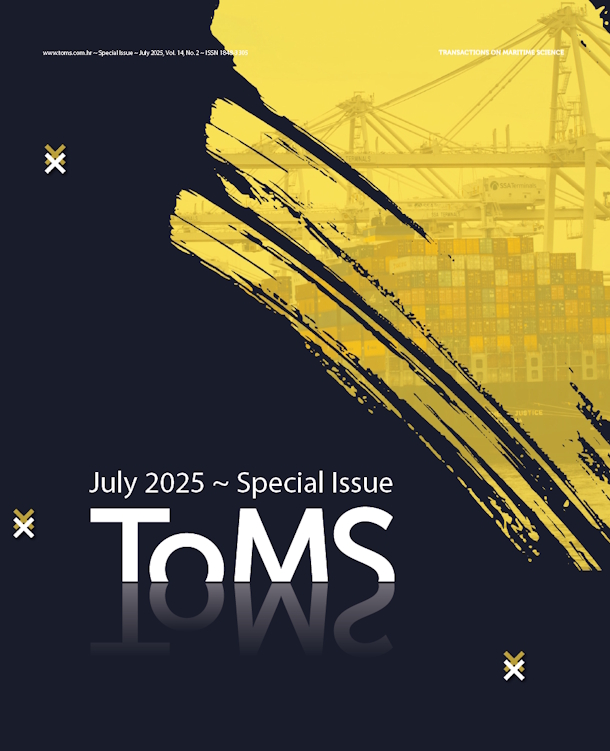Gaining Competitive Advantage through Green Port Technologies – Case of Selected Adriatic and Ionian Ports
DOI:
https://doi.org/10.7225/toms.v14.n02.s08Keywords:
Ports, Container terminals, Green development, Sustainable development, Adriatic Ionic SeaAbstract
Ports are important transport, industrial and energy hubs that can create the conditions for environmentally friendly operations and therefore influence the greening of the logistics chain. Ports represent a major added value for the European economy as they are points where supply chains intersect and where different stakeholders with different business interests work together. One would think that by now all have a common interest in the environment and the greening of transport; however, this is not always the case as the focus is still often on, performance and profitability maximisation. By correctly and consistently implementing greening activities and new technologies, ports can become role models for other logistics actors. Therefore, appropriate port development strategies must be established. The progressive ports include the greening concepts necessary for the decarbonization of port activities and their sustainable development in general. Ports no longer compete only in terms of their throughput, but also in terms of green development. Ports need to prepare technical, operational and financial measures that promote sustainable development. These include the electrification of port equipment (e.g. electric cranes, trucks or forklifts), the installation of shore power for ships (cold ironing), the use of alternative energy sources (e.g. solar or wind energy), the use of improved energy efficiency technologies (e.g. LED lighting and energy-saving machinery) and environmentally friendly terminal renovations and expansions, etc. Adriatic-Ionian ports could gain a competitive advantage by timely investing in green technologies, as many major shipowners and business partners prefer to work with environmentally responsible ports. The literature review shows that the authors generally use three main groups of parameters to describe ports and their performance: Dimensional parameters (quay length, total and covered storage areas, etc.); Equipment parameters (number of ship-to-shore cranes, different gantry cranes – RTG Rubber Tired Gantry Crane, RMG Rail Mounted Gantry Crane, etc.); Production parameters (number of units handled in TEU – Twenty-foot equivalent unit, tonnage, etc.). In this research, the authors are looking for new parameters that represent the environmental, social and economic sustainability of terminal design and operation on a life cycle basis.
Downloads
Published
How to Cite
Issue
Section
License
Copyright (c) 2025 Transactions on Maritime Science

This work is licensed under a Creative Commons Attribution 4.0 International License.













